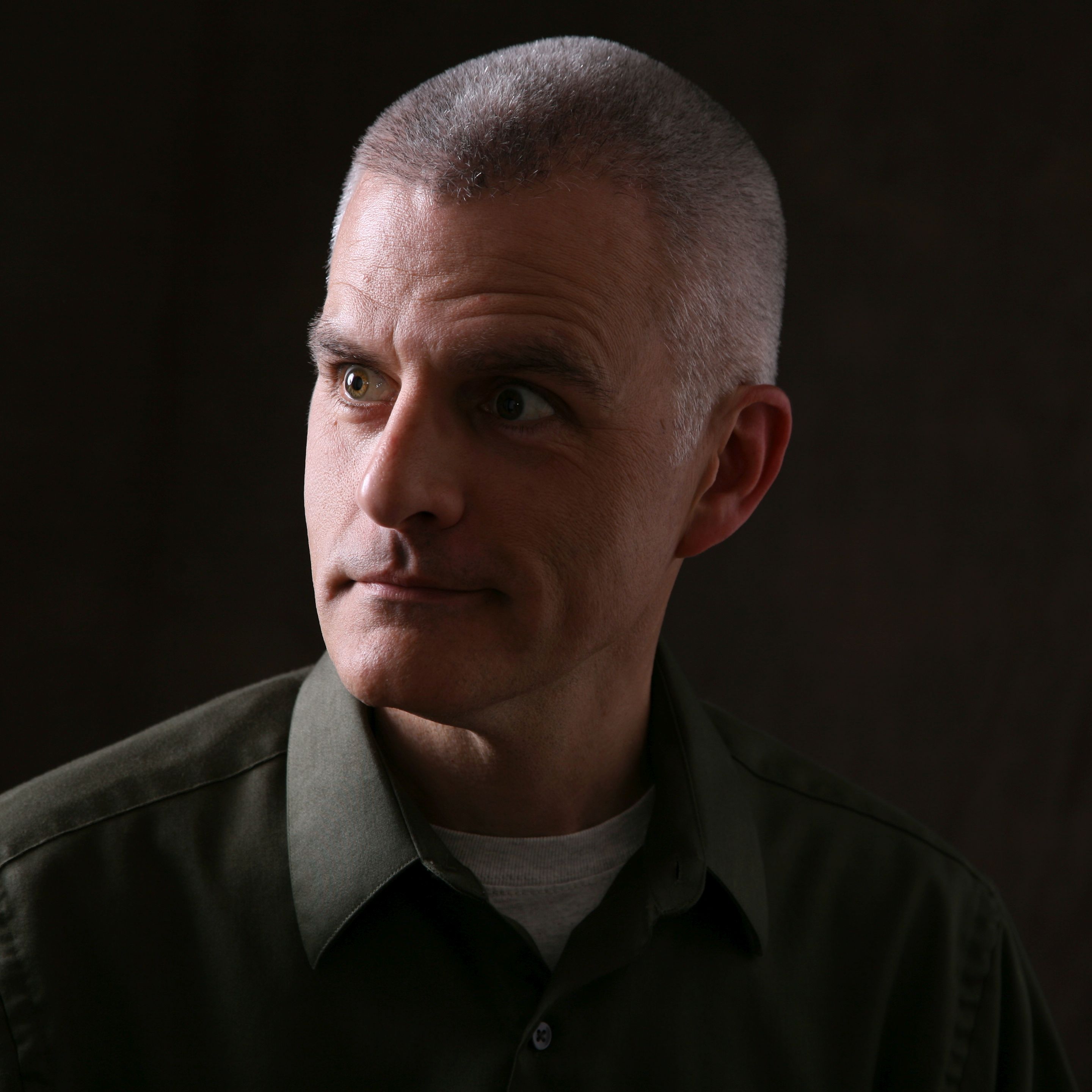

Participants will learn how focused digital stories and effective metrics can be used to pursue support for their projects from a variety of sources. Often, teachers are unaware that there are multiple organizations in the community prepared to help fund what a teacher wants to do, and that these organizations are one compellingly shared story away from doing so.
In terms of the specifics of wildfire prevention, attendees will be able to use content being created in classrooms around California with their own students, and learn how they can help students teach their families to prepare for wildfire and similar disasters.
Together, these takeaways are bound by the power of sharing well-crafted stories. Participants in the session will learn how they can build stories to share in their teams and in the larger community, and how these techniques also can apply in other areas of the curriculum.
To better convey the models and approaches in this setting, the presenter is drawing upon several examples of efforts by the nonprofit Next Vista for Learning (Next Vista), an ad-free, registration-free, and tracking-free video library of content made by and for teachers and students everywhere. These include:
Between 2009 and 2011, Next Vista was involved in a California Community Colleges grant project which included training teachers to have students create videos about a variety of careers. The work included training teachers, providing feedback, and preparing and posting videos, and more than 100 of the videos on Next Vista's career page (see: nextvista.org/collection/light-bulbs/careers/) were created as a result of this grant through the participation of a half-dozen San Francisco Bay Area schools.
Next Vista has also been running the Service via Video project to encourage students to create videos telling the stories of nonprofits in their communities. To date, the project has yielded 107 videos posted, with 39 project finalists earning donations to eligible nonprofits (see: nextvista.org/tag/serviceviavideo/). Student participation in this project teaches that students are capable of making a difference in their community through the development of digital storytelling skills.
Next Vista has for over a decade run video contests encouraging students to submit videos creatively explaining concepts one might encounter in school. To date, the contests have yielded 1457 videos posted, with 298 finalists and 75 winners (see: nextvista.org/tag/contestwinner/). In this effort, students have learned to more effectively explain what they have learned by getting authentic feedback on their work and revising accordingly.
The presenter is also the author of three books designed to teach teachers and school leaders to help students learn more effectively, and foster and share stories of success from their schools to the larger communities. This experience will complement work to share the student- and teacher-created wildfire prevention videos beyond the schools.
Opening (15m)
- The session will start with an example of the kind of active learning the grant is designed to promote through the study of wildfire prevention.
Stories in Classrooms and Communities (15m)
- Participants in this segment will learn how to help students build compelling stories through a combination of the strengths of their staff and programs, the needs of the community, and the video technologies that can help them disseminate the benefits of the grant funding.
- Gearing Up for a Grant (10m)
As this session is about the relationship between dynamic learning and grant possibilities, the presenter will take time to help attendees develop starting points for ideas for tying strong learning at their schools to grant proposals at the local and state level.
Closing (10m)
- The presenter will leave time for Q&A, as well as how to use the support materials made freely available online to all attendees and their colleagues. Interested attendees will have the opportunity, at no cost, to become involved in this grant program.
* "Conservative goal setting stymies innovation." (2018). Doerr, J., Measure What Matters. (New York, Portfolio Penguin Books, p133.)
* "The essence of teaching [is] privileging the voice of the student." (2016). Emdin, C, For White Folks Who Teach in the Hood. (Boston, Beacon Press, p87.)
* Both youths and communities benefit when students engage in service learning in and out of school. (Zaff, J, and Lerner, R. (2010). Service Learning Promotes Positive Youth Development in High School. Phi Delta Kappan, Feb 2010, 91(5), 21-23.)
* Digital video technologies can encourage collaborative learning with the associated benefits of increased motivation, deeper understanding, and increased self-confidence. (Roschelle, J., Pea, R., Hoadley, C., Gordin, D., & Means, B. (2000). Changing how and what children learn in school with computer-based technology. Children and Computer Technology, 10(2), 76–101.)
* Collaborative efforts to record and share knowledge about lessons can be powerful using video material stored in digestible size. (Hiebert, J., Gallimore, R., & Stigler, J. (2002). A knowledge base for the teaching profession: What would it look like and how can we get one? Educational Researcher 31(5), 3-15.)